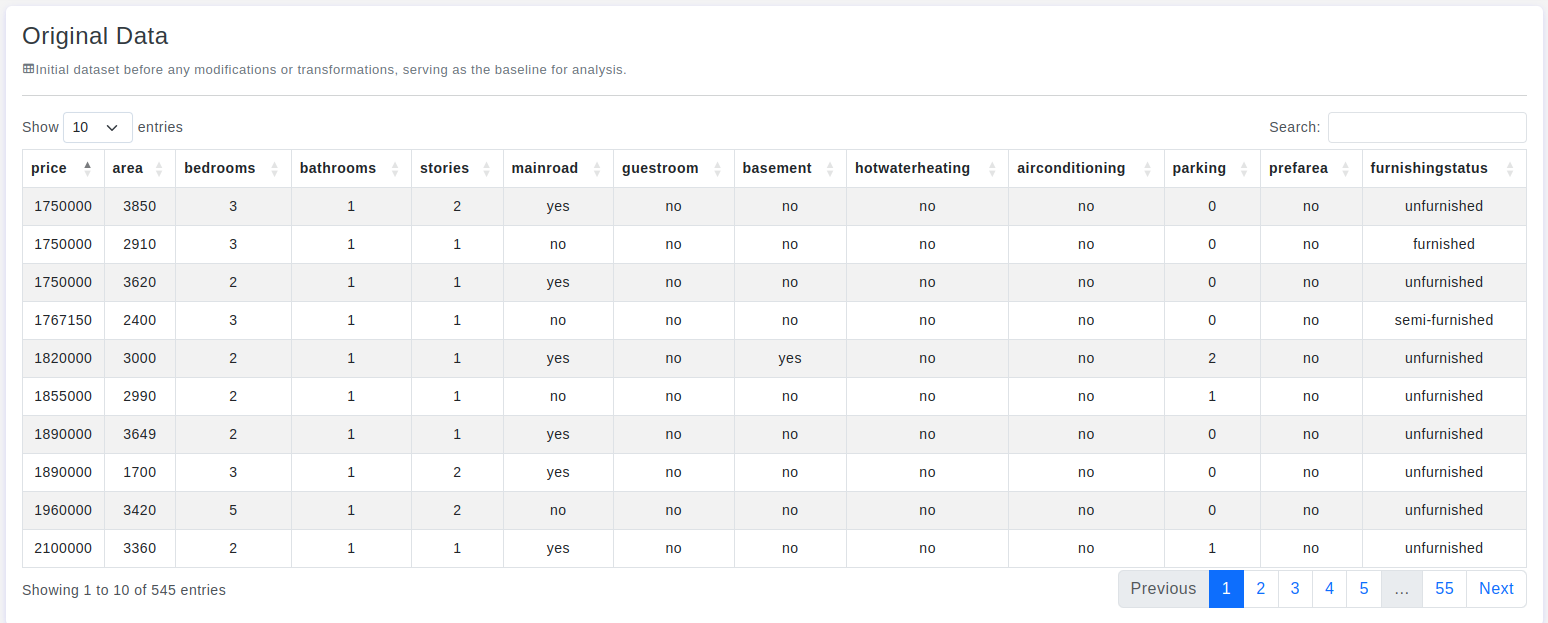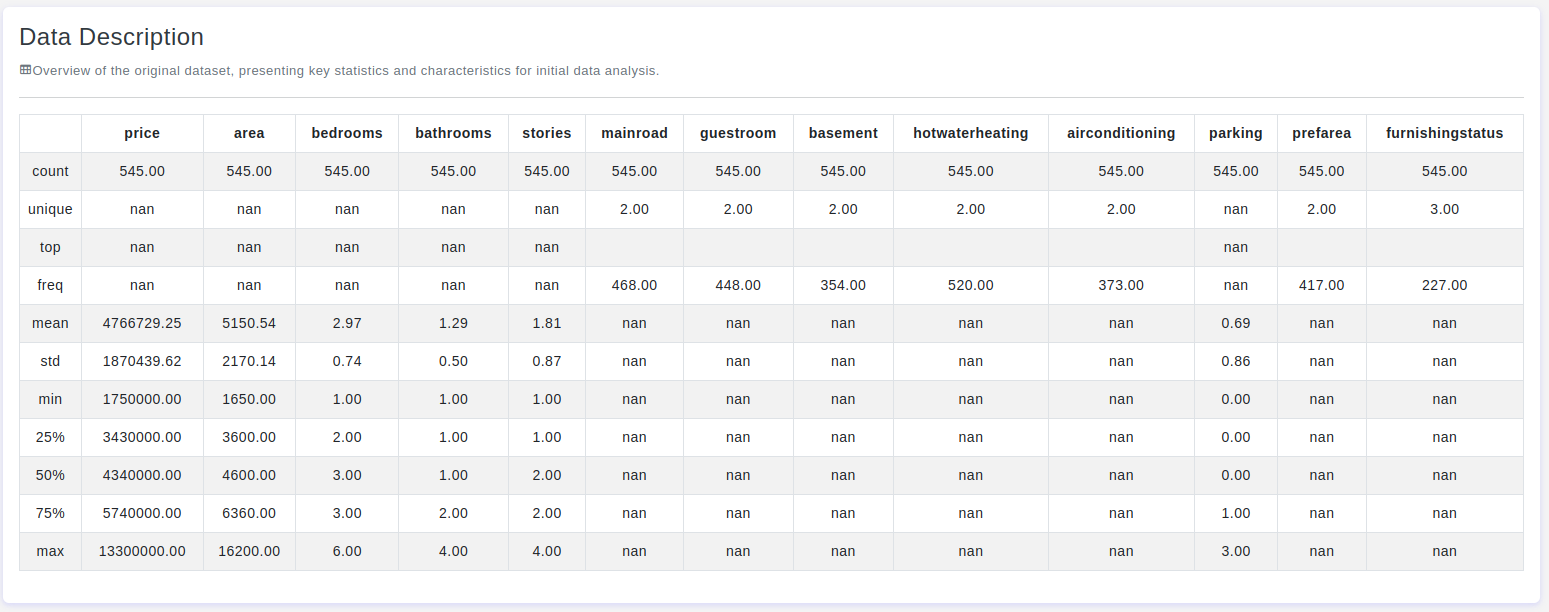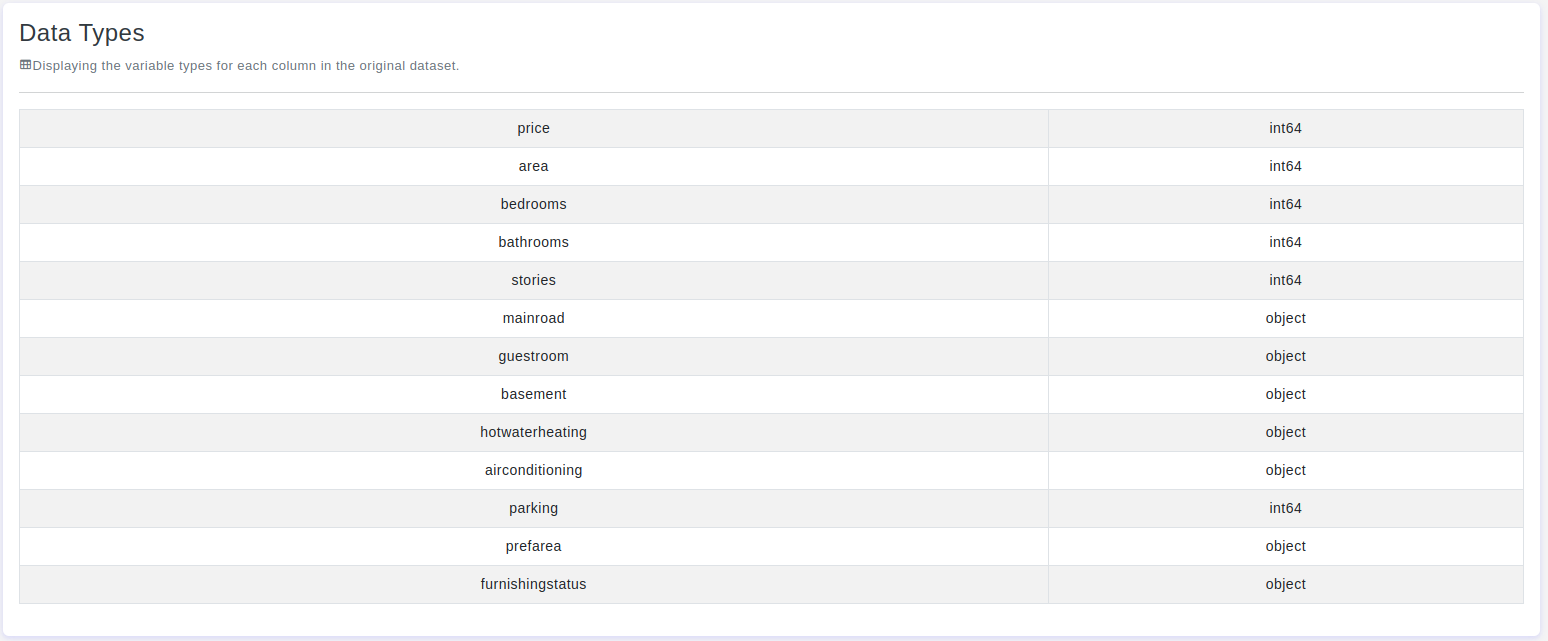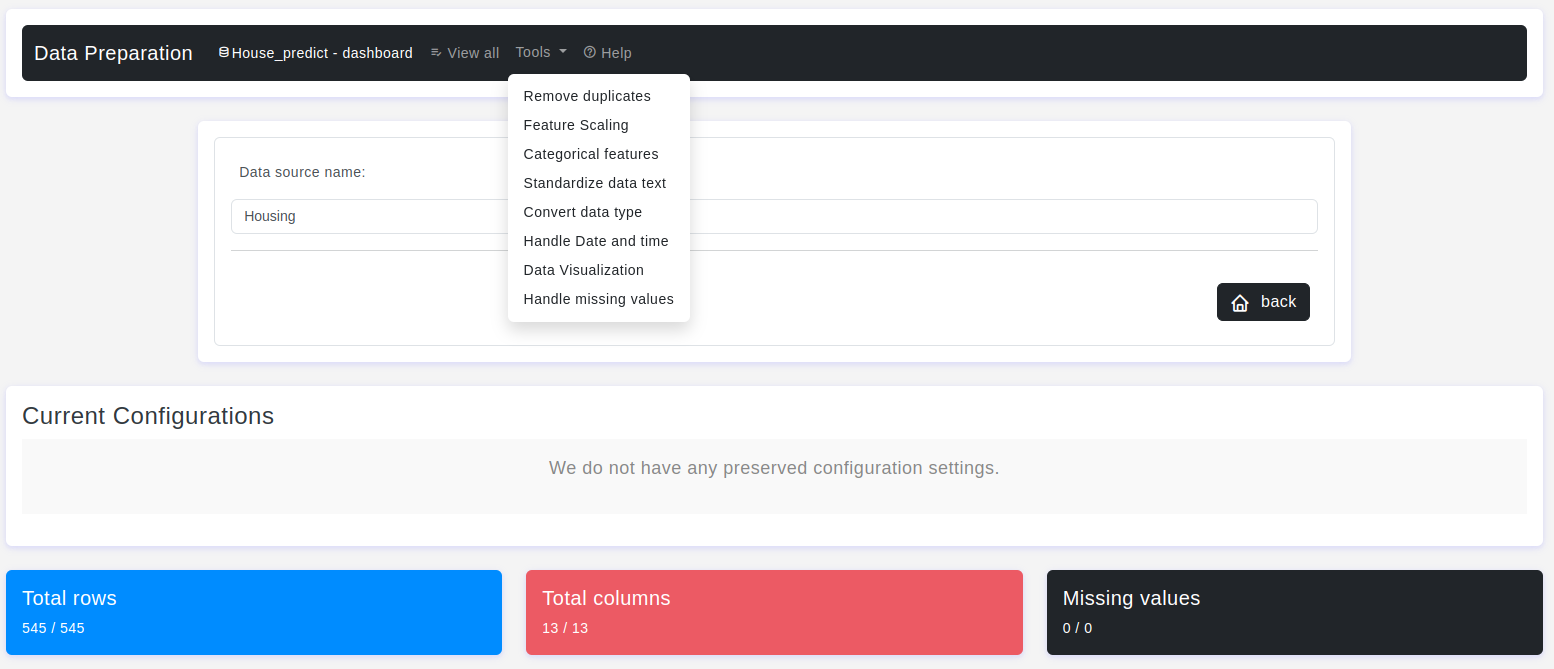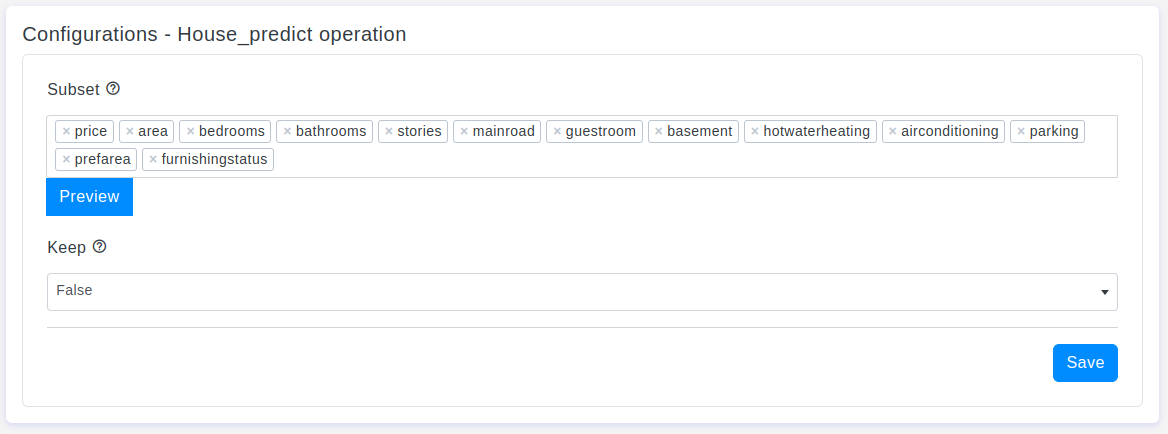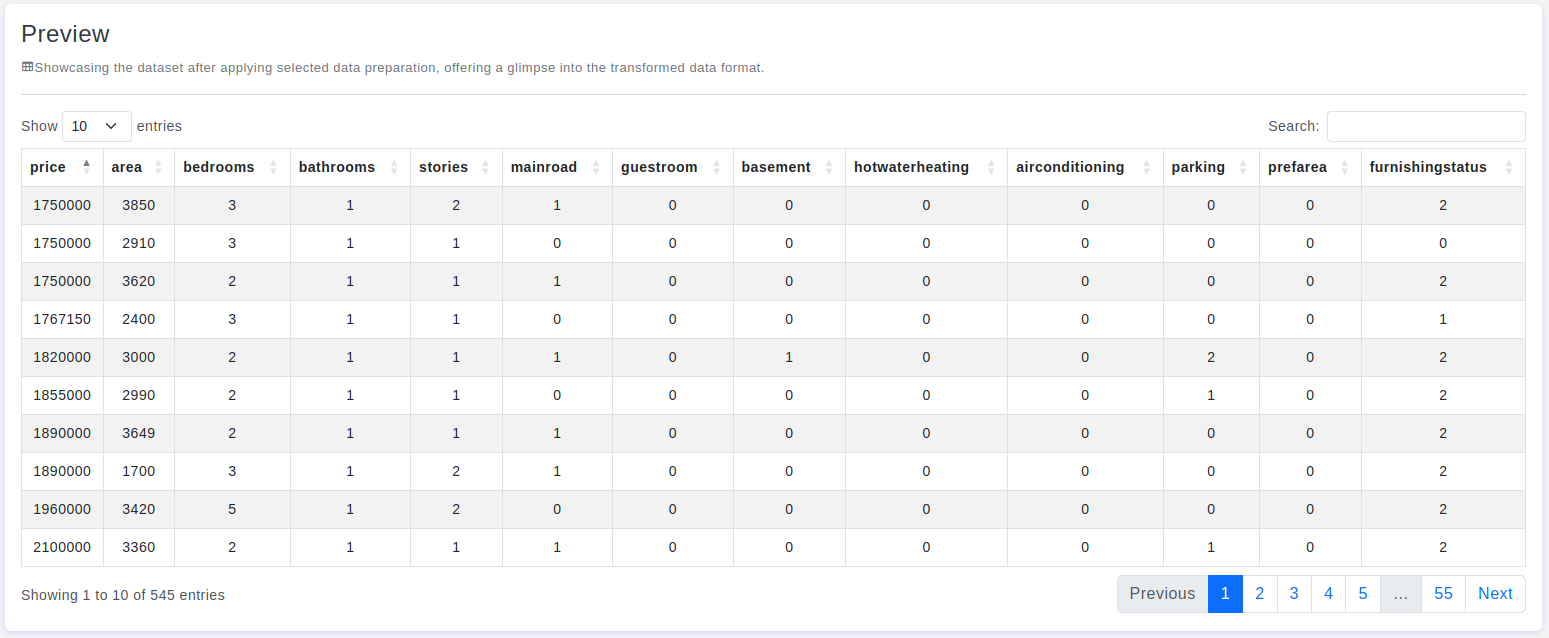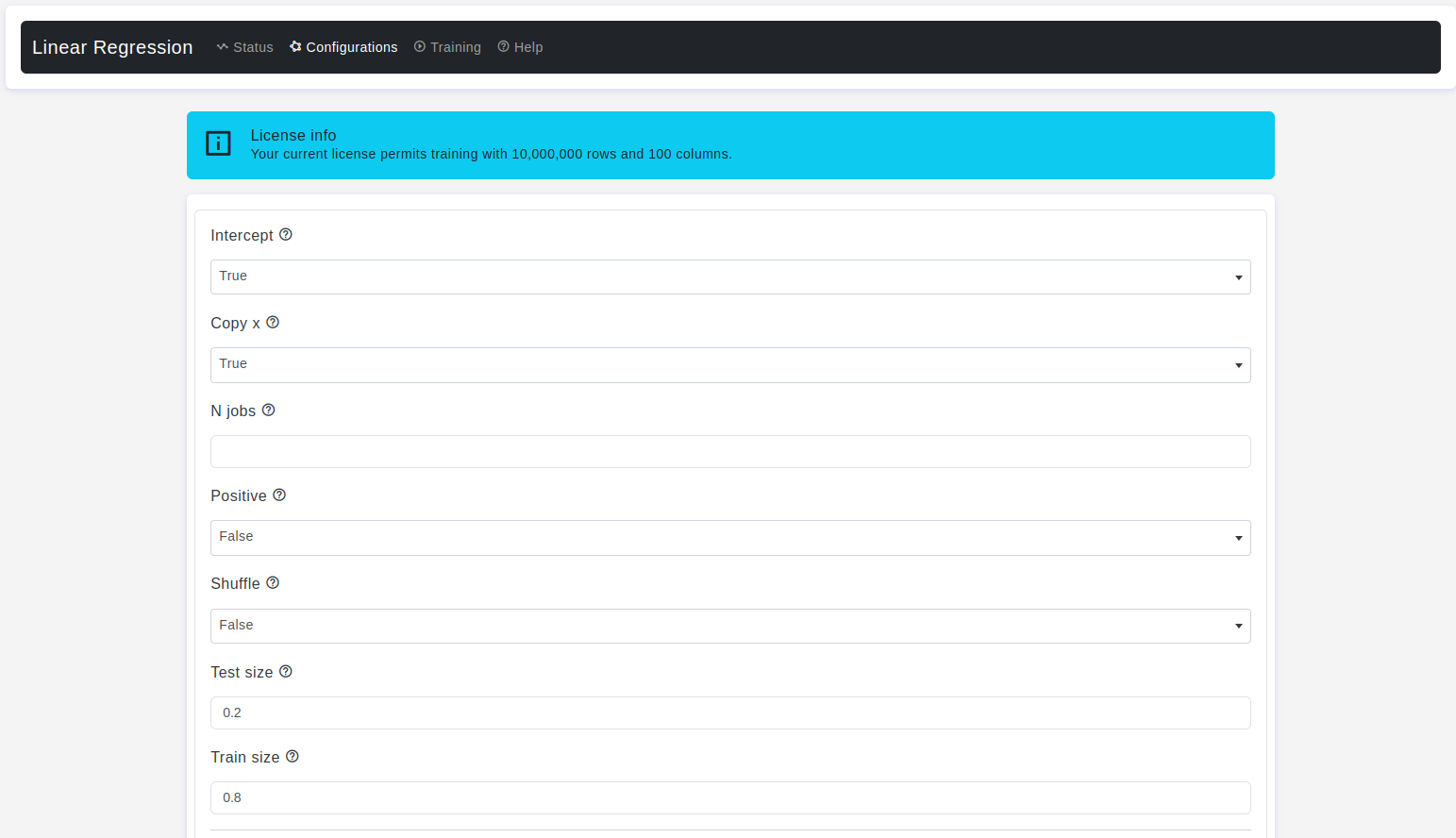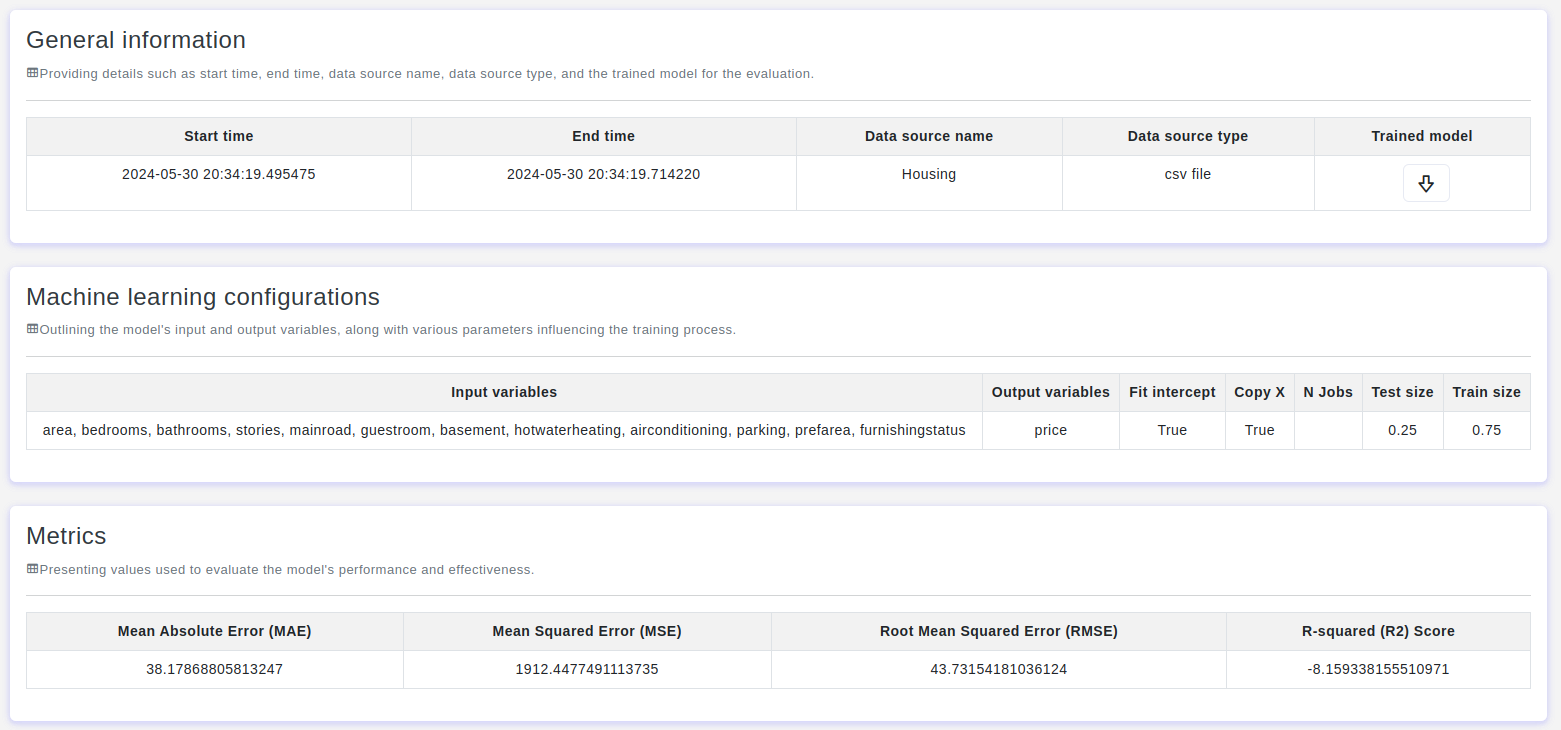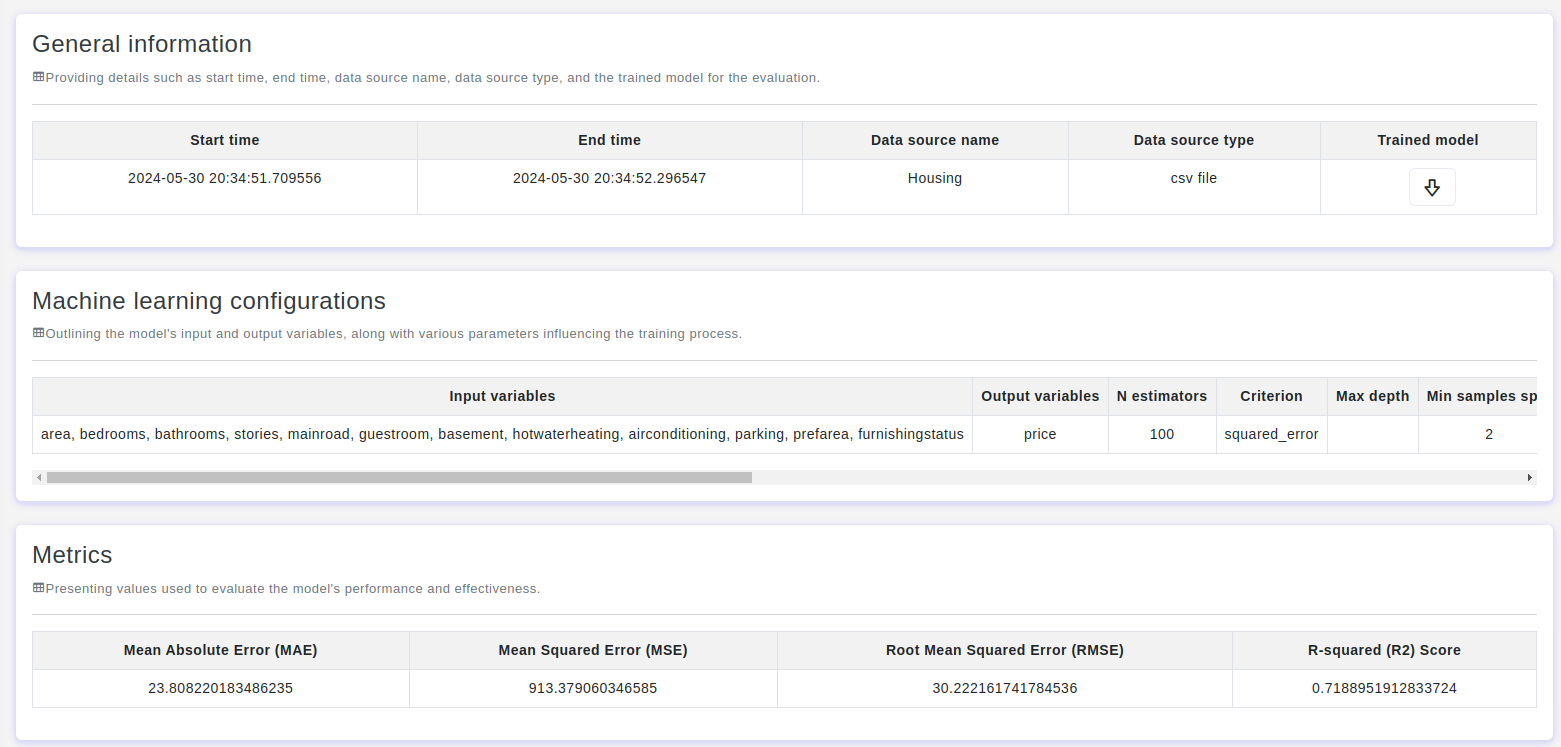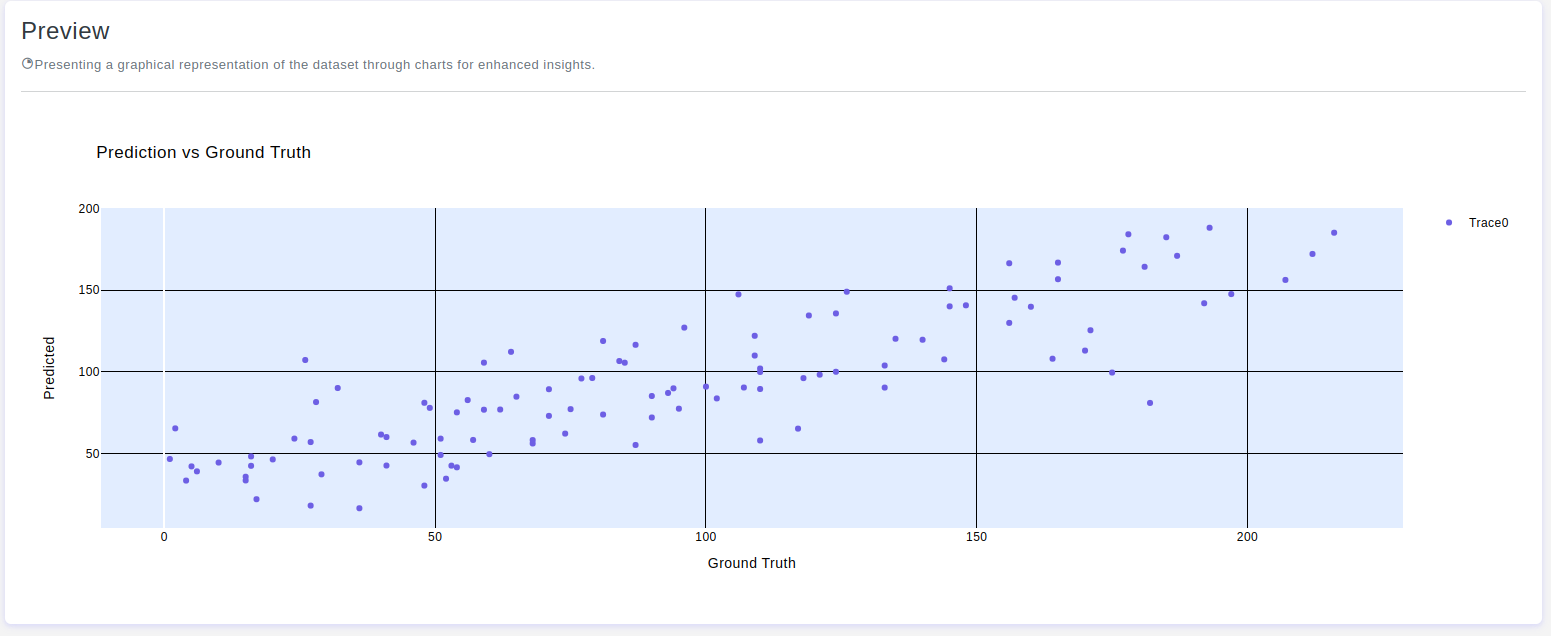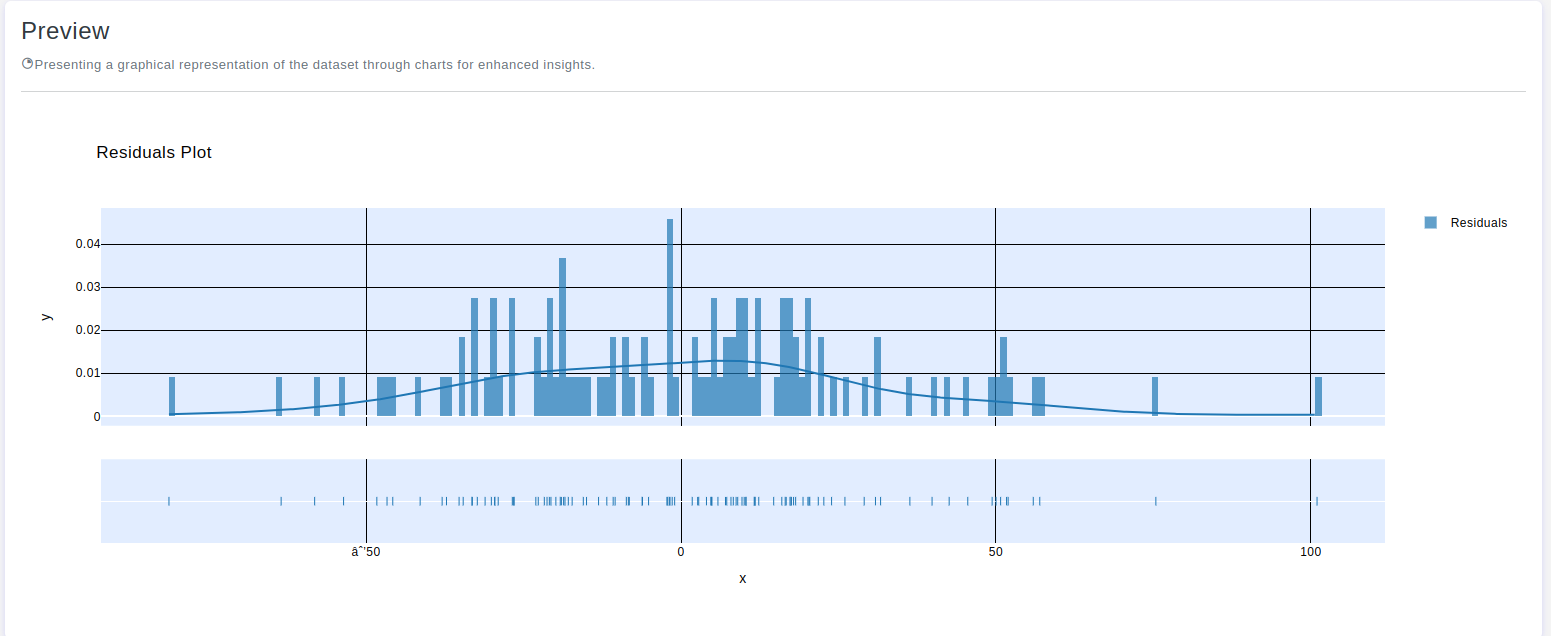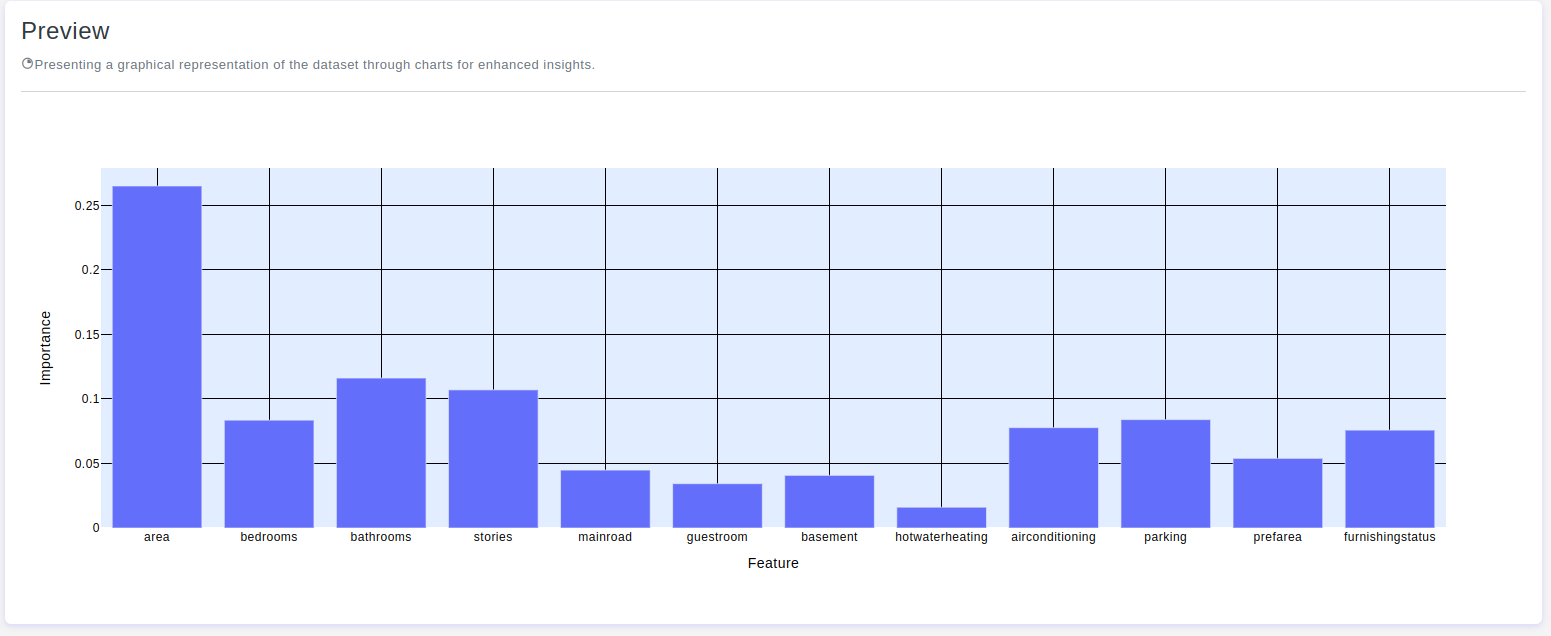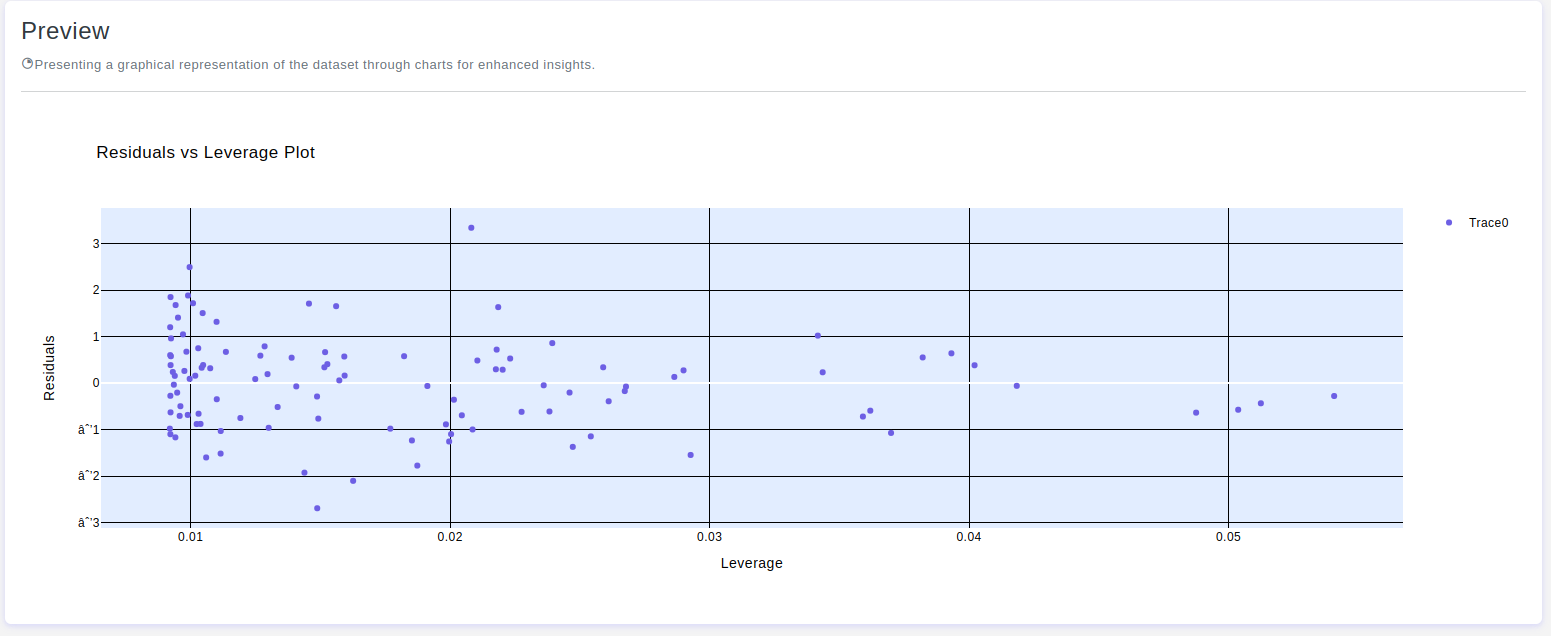
Introduction
The real estate market is a complex and dynamic environment where house prices fluctuate based on a myriad of factors. Traditionally, property valuation has relied on the expertise of real estate agents and appraisers who analyze market trends, property characteristics, and economic indicators. However, with the advent of machine learning, we now have the capability to make more accurate and data-driven predictions.
Machine learning, a subset of artificial intelligence, enables computers to learn from and make decisions based on data. In the context of real estate, regression models—an essential type of machine learning algorithm—can be particularly powerful. These models can analyze large datasets containing various features that influence house prices, such as location, square footage, number of bedrooms, and even proximity to amenities like schools and parks.
Introducing OtasML, a state-of-the-art visual machine learning tool designed to simplify and enhance the process of predicting house prices. OtasML leverages advanced regression techniques, making it accessible for users of all technical backgrounds to build and deploy predictive models. This tool allows users to effortlessly input data, select relevant features, and visualize the results, thereby transforming the way we approach real estate valuation.
The application of OtasML in predicting house prices is not just about achieving higher accuracy; it also involves understanding the underlying patterns and relationships within the data. By leveraging historical data and sophisticated algorithms, OtasML can uncover insights that traditional methods might overlook. This approach benefits buyers, sellers, and real estate professionals by providing more reliable price estimates, thus facilitating informed decision-making.
In this article, we will explore how OtasML can be used to predict house prices using machine learning regression models. We will discuss the selection of relevant features, data preprocessing, model training, and evaluation. Through practical examples and a step-by-step guide, readers will gain a comprehensive understanding of how OtasML can transform the way we approach real estate valuation.
Let's upload and read the data:
After uploading the dataset, let's review the data and their descriptions:
After checking all the data, let's start preparing it using our data preparation model.
To do this, we need to create an operation for the data so we can prepare it:
From the left menu, go to Operations, then create a new one:
After creating the operation, we can now see it in the data preparation model:
Let's check if there are any duplicates in our dataset:
Select all the features you want to check for duplicates:
Then click Preview to see the results:
Now, as we noticed, there is categorical data in our dataset, so we need to handle this data using our categorical data feature.
We will use label encoding and select all "string" data, then preview the data after encoding:
And the results will be:
Then save the configuration to apply it when you train your model.
Our data is ready, and we can start preparing the input and output for our model using the Variables section in the left menu:
We are ready to start training our model. Since we selected linear regression in the Operation section, we need to navigate to Machine Learning, then Regression, and finally Linear Regression:
We will keep the default configurations for the model and proceed to the training section:
After training the model, let's review the results together:
Now, let's change the algorithm to Random Forest. It's very simple: just go to Operation and change the algorithm, and the system will adjust all other configurations related to this operation. Here are the results of the Random Forest:
Let's visualize the results in some charts to provide us with more visibility:
Conclusion
Predicting housing prices using machine learning regression algorithms has become increasingly accessible and accurate with tools like OtasML. By leveraging advanced regression techniques, OtasML enables users to build robust predictive models that analyze a wide range of features influencing house prices.
Throughout this article, we have demonstrated how OtasML simplifies the complex process of real estate valuation. From selecting relevant features and preprocessing data to training models and evaluating results, OtasML provides a user-friendly interface that caters to both novices and experts. The visual nature of the tool ensures that users can easily interpret the data and gain actionable insights.
The use of multiple machine learning regression algorithms within OtasML enhances the accuracy and reliability of predictions. Whether you are a real estate professional, a buyer, or a seller, OtasML equips you with the data-driven insights necessary to make informed decisions in the property market.
In conclusion, OtasML stands out as a versatile and powerful solution for predicting house prices. By integrating cutting-edge machine learning techniques into a seamless user experience, OtasML is transforming how we approach real estate valuation, making it more precise, efficient, and accessible for everyone involved.

